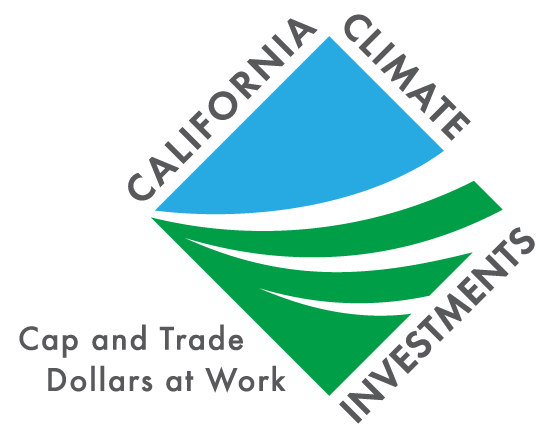Supported by $110,722 from California Climate Investments, a new initiative led by the San Francisco Bay Conservation and Development Commission (BCDC) will create a roadmap for the Bay Area to adapt better and faster to the rising sea level.
The initiative, Bay Adapt: Regional Strategy for a Rising Bay, is led by BCDC’s Coastal Resilience Planning team. The initiative is timely given that rising seas, driven by climate change, are likely to dramatically affect Bay Area residents’ way of life. Flooding, storm surges, and groundwater rise threaten communities, infrastructure, and the natural spaces that make the Bay Area so beautiful. The cost of inaction is high: 4 feet of sea level rise — expected over the next 40 to 100 years — could impact nearly 200,000 existing and planned housing units, 28,000 residents who are particularly vulnerable to climate change, 190,000 existing and planned jobs, 5 million daily highway vehicle trips, 60,000 daily rail commuters, and 20,000 acres of Bay Area wetlands.
While much of the responsibility to adapt to rising sea levels lies at the local city or county level, local‑only adaptation efforts alone will not add up to an adequate response to meet this regional challenge. This is because the Bay Area is a highly networked region where flooding to one area can have cascading effects to others. To fill this gap, California Climate Investments‑funded staff at BCDC are bringing together Bay Area leaders to develop a joint platform of actions necessary to protect people and the natural and built environment from rising sea levels.
"Planning at a regional scale is extremely challenging because adapting to sea level rise lays bare tensions between competing priorities, neighboring cities, and visions for the future,” says BCDC Planning Director Jessica Fain. “No single agency is responsible for solving our future flooding problem so a collaborative, coordinated approach is our best bet.”
During the summer and fall of 2020, leaders, technical experts, and volunteers from around the Bay Area met virtually to identify creative solutions for sea level rise adaptation and distill them into a set of draft actions. Uniting these actions are guiding principles on the use of best‑available climate science, the critical roles that frontline communities and local jurisdictions play, and the strong foundation of proactive adaptation efforts already underway.
To learn more about this project and follow the outcomes, visit bayadapt.org.


